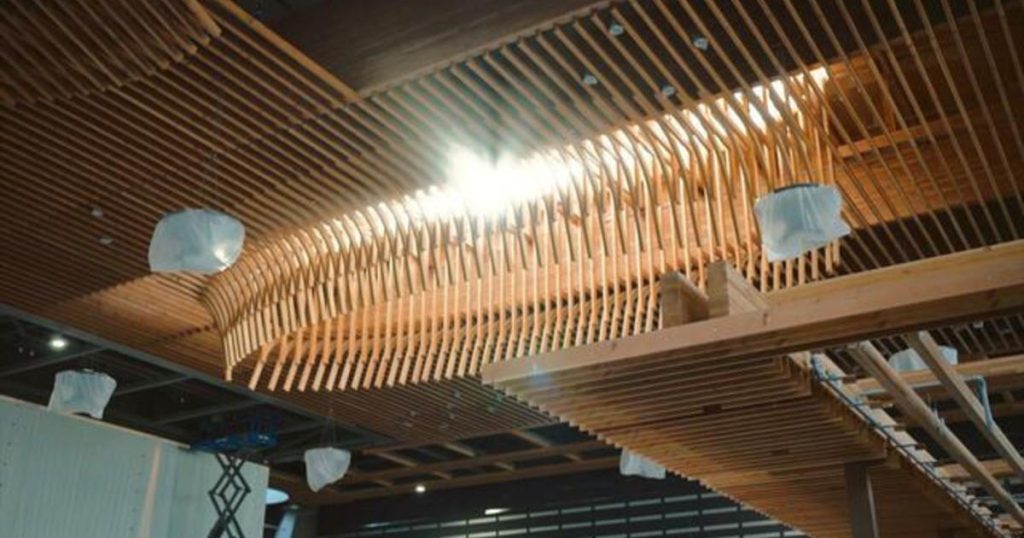Mass timber is a type of wood that is gaining popularity in the construction industry for building large structures such as high-rises and airports. CBS News correspondent Jeff Glor traveled to Oregon to learn more about this material, its safety, and its sustainability for long-term use. One of the key advantages of mass timber is its ability to sequester carbon, making it a more environmentally friendly alternative to traditional construction materials such as steel and concrete.
During his visit to Oregon, Glor met with experts in the mass timber industry to discuss the benefits and challenges of using this material in construction projects. They explained that mass timber is made by layering large wood panels together to create solid, sturdy structures that can support heavy loads. This process not only reduces the carbon footprint of the building, but also has the potential to revitalize the timber industry and create new jobs in rural communities.
The use of mass timber in construction projects is also seen as a way to combat climate change by reducing the reliance on steel and concrete, which are responsible for a significant amount of greenhouse gas emissions. By choosing to build with wood, architects and developers are not only creating sustainable structures, but also promoting the growth of forests that can absorb carbon dioxide from the atmosphere. This approach aligns with the goal of reducing carbon emissions and mitigating the impacts of climate change.
Despite its advantages, there are still concerns about the safety and durability of mass timber buildings. Some critics worry about the risk of fire and the potential for structural failures in the event of a disaster. To address these concerns, researchers and engineers are conducting extensive testing and simulations to ensure that mass timber structures meet the necessary safety standards and regulations. This includes testing the fire resistance of mass timber panels and developing new construction techniques to improve the overall stability of buildings.
In addition to safety considerations, the cost of using mass timber in construction projects is also a factor that architects and developers must take into account. While the initial cost of mass timber may be higher than traditional materials, the long-term savings in energy and maintenance costs can offset this expense. As more companies invest in mass timber production and construction, prices are expected to decrease, making it a more affordable option for building sustainable structures.
Overall, the mass timber movement is gaining momentum in the United States as architects, developers, and policymakers recognize the environmental and economic benefits of using wood as a construction material. By embracing this innovative approach to building, the industry has the potential to create greener, more resilient structures that can help combat climate change and support sustainable development. With ongoing research and development efforts, mass timber is poised to become a cornerstone of the construction industry and a model for sustainable building practices worldwide.


